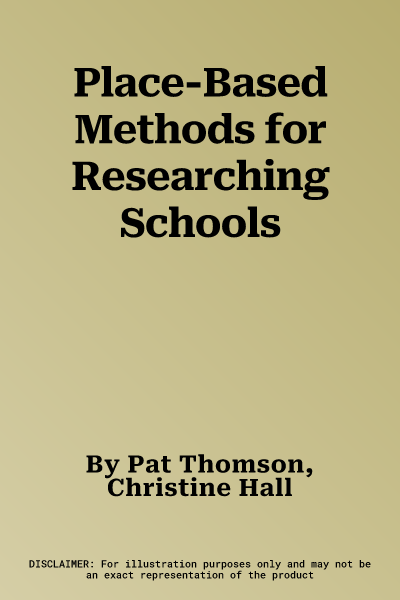Schools are complex institutions. They do not easily reveal themselves
to researchers who rely on only one or two methods. Understanding a
school, its neighbourhood and its students requires a researcher with a
more complex repertoire of verbal, statistical and visual research
strategies.
Place-Based Methods for Researching Schools shows how multiple methods
can be used together to research schools, rather than dealing with
decontextualised methods, one by one. Taking a novel theoretical
approach to the school as a 'place', the book offers grounded
illustrations of schools as places from real case study and ethnographic
research conducted in both Australia and the UK. A practical guide, this
book explores the on-the-ground questions researchers are likely to face
in the order they are likely to face them. The chapters not only look at
data generation approaches, but also address analysis of the data and
writing about the school, topics that are often ignored. Methods
explored for use include those drawn from urban planning and geography
to explore neighbourhoods, visual surveys, mapping, classroom
observation, ethnographic observation, interviews, focus groups,
sociograms and linguistic corpora.
Including research tips from the authors, case studies, a glossary and
annotated further reading list, this book is essential reading for
students and scholars approaching their research project.

